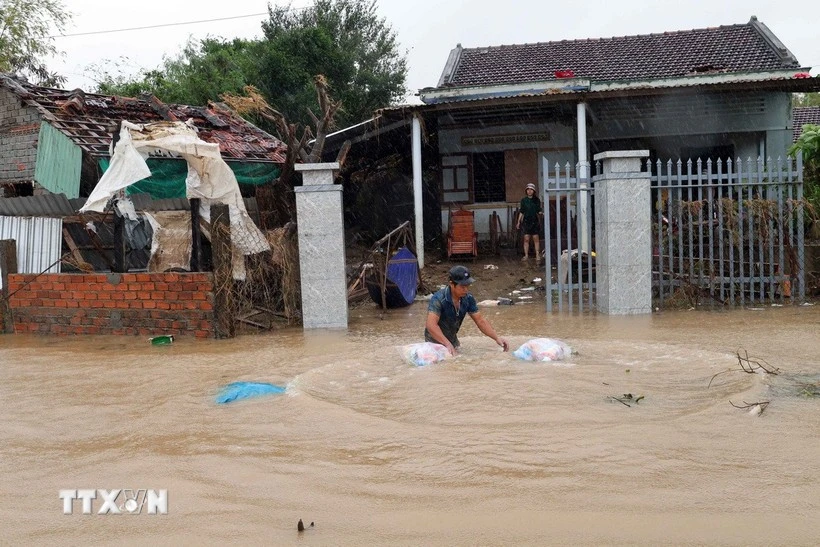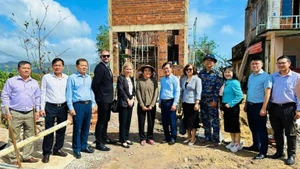The annual celebration of Viet Nam Family Day on June 28, alongside regular awareness campaigns, is a meaningful occasion to honour and reinforce the vital role of families in personal development.
Today, the structure of Vietnamese families is undergoing significant change. Traditional multi-generational households are gradually giving way to nuclear families, single-parent families, and multicultural households in the context of global integration.
In fact, the “digital family” is becoming more visible, with members now often connecting through smart devices rather than shared meals. Despite changes in form and lifestyle, the family continues to be a spiritual anchor and the cradle of core values.
However, family-focused communication has yet to reflect these shifts. While traditional media—radio, television, and print—remain dominant, they have not kept pace with the rapid rise of social media and digital platforms.
Although present in the digital space, family-related content remains fragmented, unsystematic, and lacks engagement. State agencies overseeing family affairs have yet to strategically adopt platforms such as TikTok, YouTube, or Facebook as channels to spread family values. As a result, communication efforts often fail to align with how young people consume information online, making them less effective and appealing.
Digital media, unconstrained by time slots or airtime limits, allows messages to be delivered consistently, extensively, and with sustained social impact. This calls for innovative communication strategies that effectively spread family ethics and positive lifestyles—not merely slogans or short-term campaigns, but spaces for dialogue, empathy, and connection.
One promising direction is to create podcast series on family education, communication skills, and inspiring stories from everyday family life. With their on-demand accessibility, podcasts suit modern lifestyles.
Meanwhile, short subtitled videos on TikTok, YouTube, and Facebook Reels can directly engage younger audiences—those most affected by evolving family structures. Interactive discussions, live-streamed across platforms, involving everyday people, can make family communication more authentic and impactful than rigid, one-way news reports.
Content renewal also matters. Collaborating with artists, content creators, and influencers who resonate with the youth can help bring family topics to life and foster emotional connections.
Instead of repeating generic slogans, communication should tackle practical issues such as conflict resolution, generational pressures in shared households, the psychological hurdles young people face when starting families, and the loneliness felt by the elderly in modern homes.
To truly reach every family member, messaging must be personalised—told through concrete stories like a simple family meal, a cross-generational video call, or a heartfelt apology after an argument.
Children and teenagers should also be empowered to share family stories on social media, spreading values from their fresh perspective. Partnering with social platforms to create and share short videos or podcasts rooted in real-life stories will build a rich content ecosystem.
Crucially, communication around families should aim to foster a culture of dialogue—serving as a catalyst for opening internal lines of communication within households, encouraging each member to speak and listen with understanding.
















